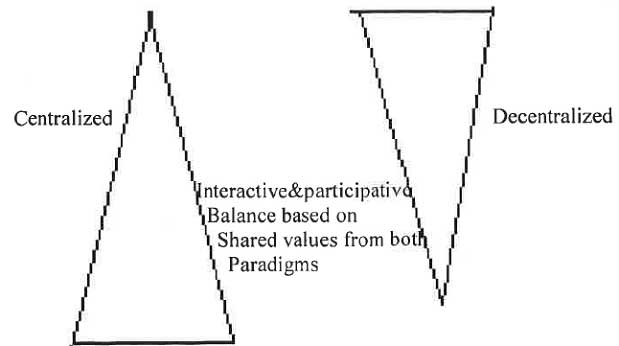A Model of Successful School Leadership
By Maqsood Ali
According to some social scientists, “there is no consensus about the definition of leadership. Definitions of leadership are often ‘arbitrary’ and ‘subjective’”. However, in the field of education and, in particular, the school context, leadership is defined by some scholars as “‘those persons, occupying various roles in the school, who work with others to provide direction and who exert influence on persons and things in order to achieve the school’s goals’”. To some scholars, “[i]t is the second most significant school-based variable influencing student outcomes, after classroom teaching.” According to Gurr, “in some cultures, there are more than one principle or leadership arrangements”. There may be proliferated leadership or dispersed leadership. Whereas in other cultures, there may be one single school leader. To cut it short, “in most countries it is the [headmaster/headmistress or] principal who is regarded as the key educational leader and the one person in a school who has the most opportunity to exercise leadership.” Nevertheless, it indicates that there, based on the degree of autonomy given to schools, are various structures of leadership existing in the world. These various leadership structures may be narrowed into two prism-type paradigms inter alia centralized and decentralized.
Read More Download Complete Article










